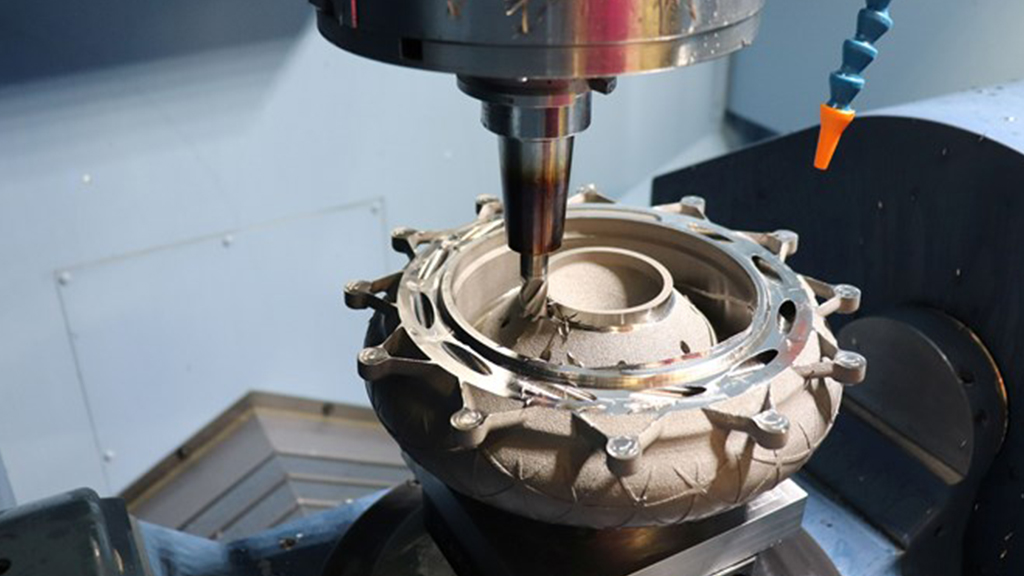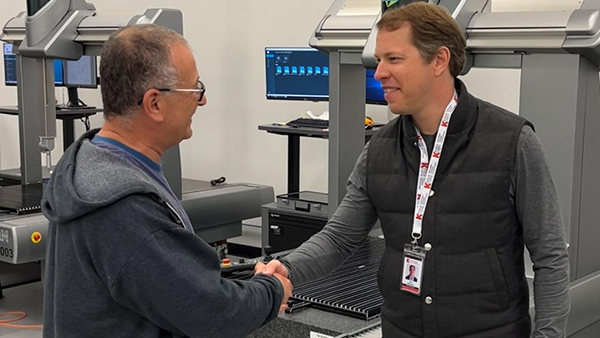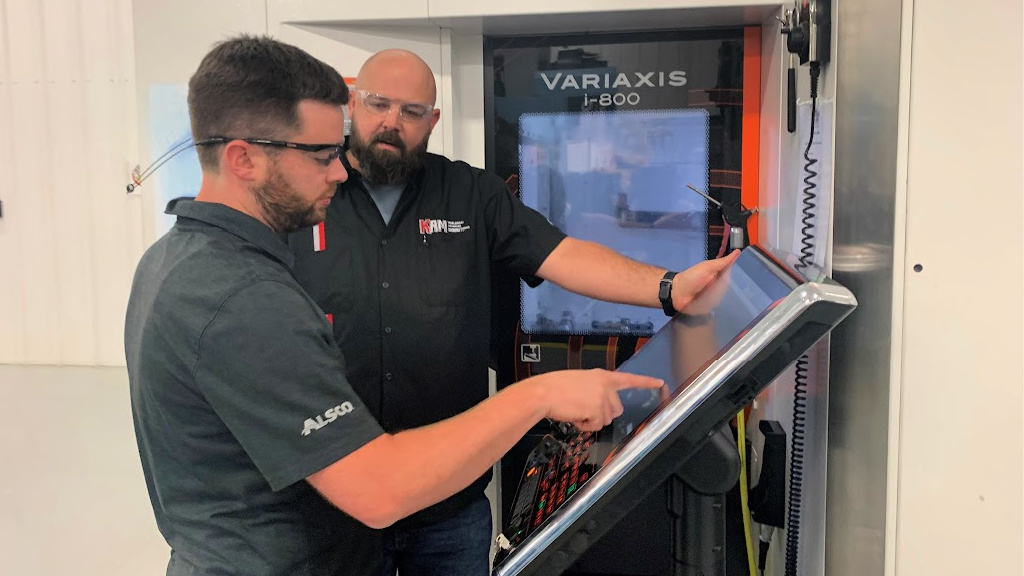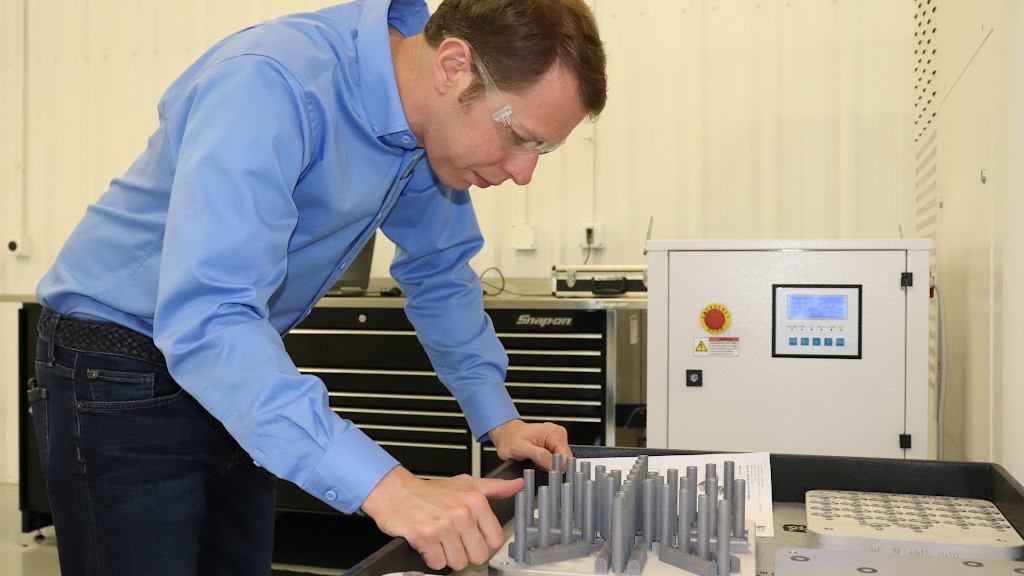For Keselowski Advanced Manufacturing (KAM), success with additive manufacturing happens on the so-called “subtractive” machines.
The Statesville, North Carolina, company produces highly engineered metal components for industries including aerospace and defense through laser powder bed fusion (LPBF) on 20 metal additive machines. But more than just the 3D printing goes into this production. “For us, 60% of the challenge of additive manufacturing is in the CNC machining,” says company owner and founder Brad Keselowski.
Part of the reason this is true relates to challenges addressed and process controls implemented in other areas. When the company started in 2019, Keselowski would not have said the biggest challenge is machining. Early struggles with making good parts proved to be traceable to impurities in a batch of powder. That particular failing of the powder was an unfortunate fluke the company has not since experienced, but the company learned from this how to equip its own powder lab to validate the quality of incoming powder before it is put to use. In a similar way, various challenges and successes with developing and producing intricate parts — the largest majority of which have been for the aerospace industry and the majority of that for space — have taught the company various tactics for realizing efficient and predictable production on its LPBF machines. Yet machining is ultimately the step that achieves the final form and tolerances of these parts, and so, inevitably, every engineering decision has to anticipate machining being able to be performed effectively and accurately. Machining is also the last critical step before a part is delivered to the customer, so machining has to be performed quickly, particularly given the possibility that unexpected delays related to the 3D printing may have eaten up lead time along the way.
The result is a machine shop that arguably should not even be thought of as performing “subtractive” manufacturing at all — not if that term is meant to be distinct from additive. For KAM, its 13 metalcutting CNC machine tools are doing the same work as the LPBF machines. That is, they are all contributing to the work of additive manufacturing for end-use metal part production. KAM performs this work at a production capacity that rivals all but a few other metal AM providers, and part of what this entails is a machine shop that operates far differently than any machining facility that is not principally focused on AM.
This is worth seeing. There is a danger of ascribing too much of the work of AM to the 3D printing platform, whatever that might be. While 3D printing is an operation, additive manufacturing is a process. AM’s success has gone far enough that 3D printing has reliably proven itself as a production operation, so now it is time to more fully appreciate the role of other steps in the process. For metal parts made additively, this means coming to understand the ways that machining operates very differently when additive manufacturing is the process it serves.
Just one of the differences is this: At KAM, that machine shop is often quiet.
Read the full article at Additive Manufacturing Media here.
For more information on KAM’s full lineup of capabilities and services, contact sales@kamsolutions.com.








